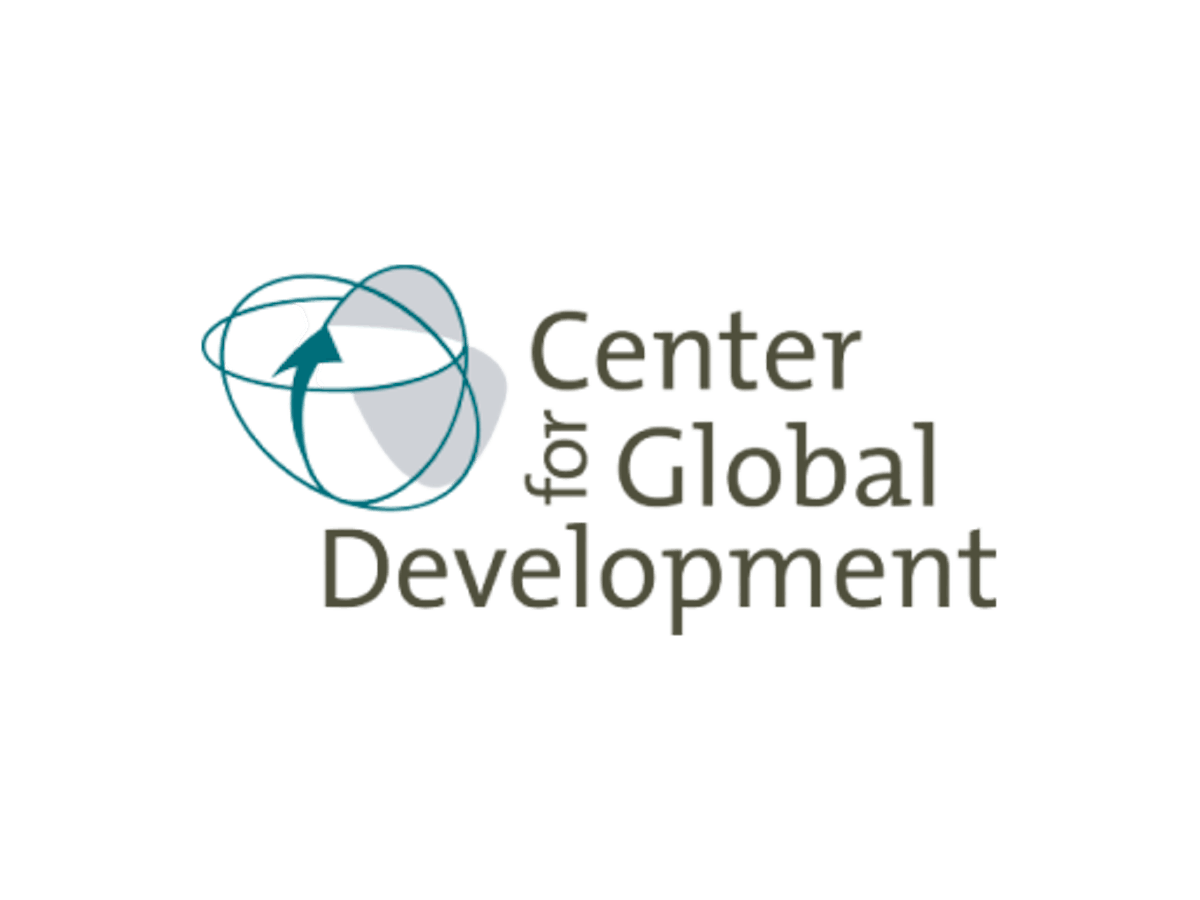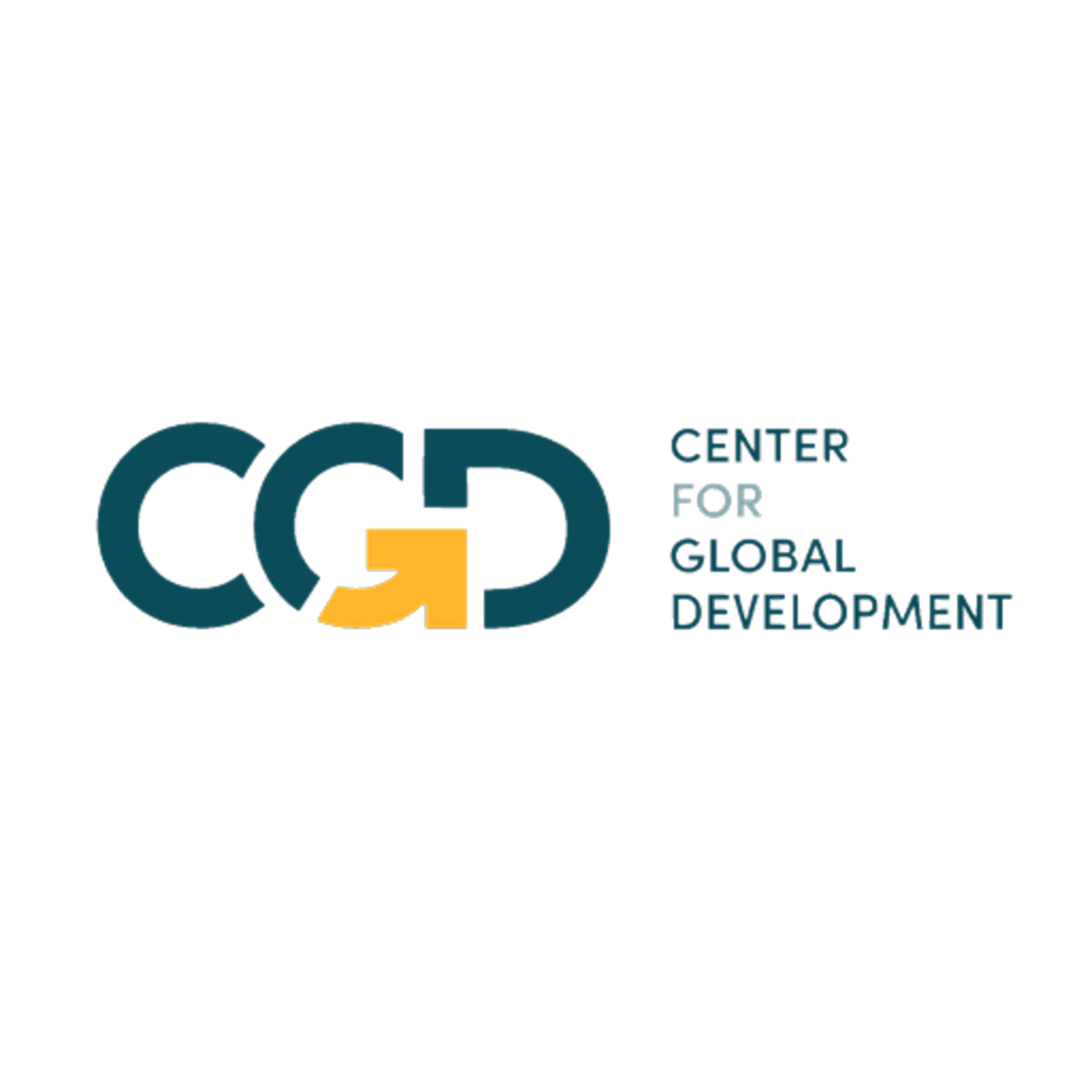$1.9 Trillion and No Money for the Multilateral Development Banks?
Published: March 22, 2021

The Biden administration and the Congress rightly went big in the recently passed American Rescue Plan at a time of tremendous need. The package was appropriately focused on the domestic side, but it did not neglect the rest of the world. It provided $10.8 billion for health and humanitarian assistance, the United Nations, the US Agency for International Development, and the State Department. Yet not one penny went to the multilateral development banks (MDBs)—the World Bank and the regional development banks. These are the United States’ most powerful tools for fighting global poverty, particularly during times of crisis. We know that the pandemic has driven a surge in the number of global extreme poor—those earning $1.90 per day—whose numbers are projected by the World Bank to increase by 140-160 million by the end of this year. MDB financing and technical support are playing a central role in helping developing countries deal with the economic and social impact of the current crisis, while also directly supporting the supply and distribution of vaccines as well as related medical supplies.
One might reasonably ask then why $1 billion or $2 billion could not have been included for fighting the poverty, food insecurity, and health crises driven by the pandemic. That would have amounted to 0.05 to 0.1 percent of the total package. And it would have been multiplied many times over in additional poverty reduction dollars, because that is was the MDB model does. US aid dollars to MDBs are multiplied because they are combined with those of other country shareholders, because MDB capital is leveraged to expand lending capacity, and because MDB net income adds to that capital which also adds to lending capacity.
The package might have included, for example, $1 billion dollars for IDA, the World Bank window for the poorest countries and by far the largest single multilateral source of finance for poor countries. IDA is aiming to keep its annual loan and grant program to poor countries at an increased level of $35 billion per year but is running out of funds. (IDA makes heavily concessional loans and grants and needs to be replenished every three years by donors. Its last replenishment, pre-pandemic, mobilized resources sufficient for $27 billion in lending per year.) IDA has been an exceptional deal for U.S. taxpayers. A dollar contributed by the U.S. helps mobilize almost 30 dollars in loans and grants. Had the package included a substantial US contribution, it would have ensured an early US leadership role in shaping the soon-to-be-launched IDA20 replenishment and might have encouraged other countries to follow the US example.
Or the package might have provided additional resources to the African Development Bank (AfDB) and its concessional window, the African Development Fund (AfDF). Over half of the world’s poorest countries are in Africa. Before the pandemic, shareholders of the AfDB and AfDF agreed to capital increases, but under the agreement the increases are stretched out over eight years. Is this not a time for the US to consider accelerating its annual payments under the agreement and calling on others to do the same? The package might have included, for example, $218.4 million for the AfDB and $685.2 million for the AfDF, equal to four US annual payments for each, for a total of $903.6 million.
The failure to provide any new money for MDBs through the relief package is the latest in a long period of relative neglect of these institutions when it comes to the foreign assistance budget. Even as the Biden administration is moving quickly to make good on overdue commitments to key multilateral institutions like the World Health Organization, unmet US commitments to the MDBs are now approaching $3 billion, with no apparent effort to address the problem.
IDA has been an exceptional deal for U.S. taxpayers. A dollar contributed by the U.S. helps mobilize almost 30 dollars in loans and grants. Had the package included a substantial US contribution, it would have ensured an early US leadership role in shaping the soon-to-be-launched IDA20 replenishment and might have encouraged other countries to follow the US example.
So let’s examine some concerns that might have been behind the MDB exclusion.
Would the money be wasted? Let’s take the example of IDA. With the active engagement and support of the US, IDA has developed what is called the performance-based allocation system. Seventy-five percent of its resources are allocated to poor countries not just based on need, but also on countries’ performance in policy and institutional areas critical for the quality and efficacy of spending. These areas include macroeconomic management, health, social inclusion policies, public budget and tax management, and financial policies. This system has been in place for decades and functions well. Why not channel more funding through IDA at a time of urgent need for expanding poor countries’ fiscal space. Poor countries, on average, have been able to spend less than 4 percent of GDP in their fiscal response to COVID, about one quarter of the average rich country fiscal stimulus.
Wouldn’t the money just add to poor countries’ unsustainable debt? Most of the increase in debt service which is pushing a number of poor countries into debt distress comes not from servicing MDB debt but from increased borrowing from other finance sources—the private sector and nonconcessional official bilateral lenders like China. IDA credits have a very low interest charge and repayments are stretched over 30 to 40 years, including a 5- to 10-year grace period. IDA also provides grants to countries at risk of debt distress. And even nonconcessional borrowing from MDBs has below-market terms for interest rates and maturities. Before the pandemic, increased borrowing on commercial terms led to debt distress or the risk of debt distress for about 40 percent of poor countries. Now that percentage is more like half. This is not time for fiscal austerity to deal with that debt buildup. Poor countries need to be able to borrow on sustainable terms.
Shouldn’t these institutions try to do more with what they have? Some might argue, with merit, that this is a time for MDBs to stretch their capital before we talk about adding to it. In fact, much more discussion is needed on how that might be done. But in the meantime, some MDBs are already taking steps to make more efficient use of capital. IDA has adopted a hybrid financial model that combines donor contributions with market borrowing against its huge loan assets in order to expand lending capacity. The AfDB is the first MDB to launch a “synthetic securitization” which offloads to the private sector the risk of some of its loans (for a fee), in the process, freeing up capital for additional lending. Moving further in these directions will take time and agreement among risk-averse shareholders concerned about their fiduciary responsibilities. The need for more sustainable finance for poor countries can’t wait.
Isn’t it better to reserve US aid dollars for US aid agencies? Some argue, including inside the US government inter-agency process, that US aid should nearly all be channeled through US agencies where it can be directly controlled. Indeed most of it is. In recent years, only about 5 percent of the international assistance budget has gone to MDBs, a lower share than for most other major donor countries. Direct control is useful for a lot of purposes, but for many development purposes, scale, on-ground-presence and knowledge, experience, and degrees of political separation matter. The US led the creation of the MDBs to multiply its development dollars, concentrate global development expertise, and spread evidence of the most effective development policies and practices around the globe. Successful development relies heavily on the right policy choices, but they are often hard choices. Developing country governments are more likely to be receptive to experienced technocrats in MDBs than to US government representatives offering them policy prescriptions that they did not necessarily seek.
The stimulus package was a costly missed opportunity for US MDB funding and leadership. Let’s hope this is not the case in the regular budget process.
